Organizations like Brown Girls Do Ballet and Alvin Ailey are leveling the floor for Black performers who have historically been excluded from the art form.
When Takiyah Wallace-McMillian’s daughter, Charlie, expressed interest in ballet in 2013, she was determined to make it happen. She was thankful she didn’t have the financial concerns her parents faced in childhood. But a new barrier surfaced in their wake. Despite being in Dallas-Fort Worth, one of the most diverse areas in the country, Wallace-McMillian rarely saw images of Black dancers in the Texas metroplex. She wondered if her daughter would feel like she belonged being so underrepresented.
“If you’re not on the website, you might not be in the class. That was our lived experience for a very long time, even after starting this whole project,” Wallace-McMillian says her daughter was still the only brown girl in most of her ballet classes until three years ago. She needed her daughter to know she wasn’t alone, even though she was the only nonwhite girl in the room. What started as an effort to ensure her daughter felt represented evolved into Brown Girls Do Ballet, a nonprofit working to increase the participation of underrepresented populations in ballet programs. The journey revealed much about the history, elitism, and potential of the art form.
Black Legacies of Dance
“Dance is the movement of the body for the purpose of expression, expressing ideas and emotions, and releasing energy,” says Lisa Johnson-Willingham, director of Ailey Extension and former member of Alvin Ailey American Dance Theater. She says the misconception about dance as elite and exclusionary kept Black people out of space. “We open our doors for everyone [to] make dance accessible to everyone.”
There’s an indisputable connection between Black communities and dance. The dance style varies, but the passion, legacy, and resilience are constant. Black dance history includes rich accounts of Black community members who took up space as they could, found opportunities, and made history despite structural racism. People like Asadata Dafora, a Sierra Leonean immigrant credited as the first to bring African dance and music into theatrical spaces, found his opportunity when the country was less than a generation removed from slavery. Activist, humanitarian, and globally-known celebrity, Josephine Baker, and dancer, anthropologist, educator, and humanitarian Katherine Dunham are early pioneers of U.S. dance, too.
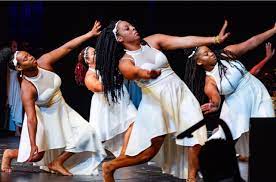 Instrumental to this history is dancer, choreographer, and visionary Alvin Ailey, who created the Alvin Ailey Dance Company in New York City in 1958 in part to combat narratives that dance should be elite and exclusionary. “He definitely wanted his community to see themselves on stage, and not only to see themselves on stage to invite them into the concert halls, to be able to attend these concerts,” says Johnson-Willingham. He wanted to hold up a mirror so we could see how beautiful we were.”
Instrumental to this history is dancer, choreographer, and visionary Alvin Ailey, who created the Alvin Ailey Dance Company in New York City in 1958 in part to combat narratives that dance should be elite and exclusionary. “He definitely wanted his community to see themselves on stage, and not only to see themselves on stage to invite them into the concert halls, to be able to attend these concerts,” says Johnson-Willingham. He wanted to hold up a mirror so we could see how beautiful we were.”
Benefits and Barriers
Dance brings numerous mental, physical, and emotional benefits. A 2022 study in Frontiers in Physiology notes that dance participation also provides physical and mental well-being. It supports positive body image and awareness, helps manage anxiety, and supports healthy cognitive and kinesthetic functions even in old age. Johnson-Willingham notes many adults lose touch with their bodies and are less likely to self-express through movement.
“Once we become adults, we begin to find our vulnerability within our bodies,” she says. “We often run into adults who say, ‘I’m not a dancer, or dance isn’t for me.’ I’m gonna quote Ms. Judith Jamison, and she would say if you can walk, you can dance.” Dance also supports executive functioning, improves self-esteem and social skills, and increases endorphins, among other things. Still, narratives and various forms of gatekeeping limit access and opportunity. Black youth often lack equitable access to dance and other art-based programs, leaving them with limited opportunity to its benefits.
These benefits are especially impactful and plentiful for Black youth—but so are the barriers. Dance supports youth in developing executive function as early as preschool. Researchers continue to explore the the barriers to dance education for youth of color. Limited funding, lack of understanding of content and benefits by non-dance familiars, educational priorities, and the current structure of public-school dance classes are some barriers to the growth of dance in public schools.
Students in schools nationwide have limited access to—even in states like New York and California. Arts education is one of the first to go due to budget cuts. Arts education cuts disproportionately impact Black and Brown students, according to researchers. Dancers like world-renowned ballerina Misty Copeland have noted systemic racism in dance can appear as microaggressions, struggles to find complexion-compatible clothes, and casting bias.
Community-Led Access
As a photographer without a dance background, Wallace-McMillian knew visibility was central to expanding accessibility within dance and began with photoshoots in Dallas, Houston, and Austin. “The more I started shooting the project and listening to these stories [the more I] wanted to keep people in the loop of what the project was morphing into,” she says.
Wallace-McMillian began sharing Instagram posts behind the scenes. What began as a photo project eventually became a full-fledged nonprofit. Her new book, The Color of Dance: A Celebration of Diversity and Inclusion in the World of Ballet, expands the images of dance across color, culture, and age. Now, the BGDB page has over 140,000 followers, 86 girls worldwide enrolled in their mentorship program, and is an official nonprofit supporting girls of color in their ballet dreams.
Still, Wallace-McMillian says expanding access to ballet and other dance forms is more than visual. She says photography has been an entry point to inform youth of their options, noting there were organizations, like the Black Dance Academy, that people outside of the community aren’t aware of.
There’s a similar issue with Black dance figures—she mentions Raven Wilkinson and Lauren Anderson—whose stories didn’t get the awareness they deserved. “You have to start deep diving and finding out about these people—Now you have amazing resources like the Museum of Blacks and Ballet, a whole interactive online resource where you can learn about all of these dancers from the past, which is amazing,” says Wallace-McMillian.
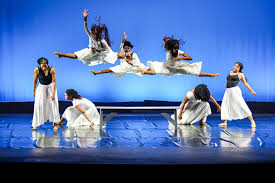 Community initiatives and dance companies have stepped up to expand access for Black youth nationwide. Kansas City Friends of Alvin Ailey (KCFAA), founded in 1984, serves more than 20,000 young people through programming, including the six-week summer There’s also AileyCamp, a six-week summer day camp where young people ages 11–14 learn to dance and explore their creativity. The Ailey Extension program was founded in 2005 and designed to offer a dance class to the general public. “It continues Mr. Ailey’s legacy and mission that dance came from the people and should always be delivered back to the people,” says Johnson-Willingham.
Community initiatives and dance companies have stepped up to expand access for Black youth nationwide. Kansas City Friends of Alvin Ailey (KCFAA), founded in 1984, serves more than 20,000 young people through programming, including the six-week summer There’s also AileyCamp, a six-week summer day camp where young people ages 11–14 learn to dance and explore their creativity. The Ailey Extension program was founded in 2005 and designed to offer a dance class to the general public. “It continues Mr. Ailey’s legacy and mission that dance came from the people and should always be delivered back to the people,” says Johnson-Willingham.
Cleo Parker Robinson Dance has served well over a million K-12 students in school districts in Colorado through Arts-in-Education programs. I Heartbeat Dance aims to bring the culture and awareness of the HBCU Majorette style dance to Nebraska. Dimensions Dance Theater Rites of Passage program is a comprehensive educational outreach program serving primarily Black youth ages 8-18 years in the East Bay, California.
Supporting a New Generation of Dancers
Johnson-Willingham highlights dance as founded on freedom, movement, and joy, making it an ideal way for Black youth to release intense emotions. For many youth, dance is an opportunity to take up space in ways they rarely can. She says even as words are limited, children express themselves with their bodies. “The beauty of having a dance teacher is that we can look around and see immediately with body language—Who is shy? Who is confident? Who is intimidated?”
Both women have witnessed dance support youth with positive relationships with themselves and their bodies in dance, including their own children. “I think the discipline of dance, the focus of dance, the learning how to be a leader, learning how to be a team player, and learning spatial awareness.,” says Johnson-Willingham.
Wallace-McMillian knew financial concerns were as limiting as not seeing themselves. “I literally called up friends I had known forever and said, ‘Hey, I was in LA, and I met this girl who was invited to a major summer intensive in New York City, but her mom is just a little short. Can we come together and figure something out?’ We put our funds into PayPal. We would pay tuition that way.”
The nonprofit’s support goes beyond scholarships to crowdfunding support for aspiring dancers, studio grants, mentorships, and ambassadorships, and the Brown Girls Do Ballet Supply Closet provides free supplies for dancers in need and a directory of Brown Ballerina-friendly studios. “We pair these girls for a full year with a professional advance mentor who’s in the field and working, and that can help guide them through conversation and just tips and tricks.”
Currently, BGDB has eight interns who have spearheaded the initiatives since 2017. “It’s very important to me that Brown Girls is forever a youth, forward-facing organization,” she says. “Even if I step down, tomorrow [BGDB] will always be a community place.
Though Wallace-McMillian’s daughter stopped dancing in 2023 and pivoted to a musical theater program, she sees her ballet journey as “the catalyst for a bigger purpose.”
“This new generation of dancers aren’t just dancers—they are thinking higher, and they’re trying to intentionally change how things are done,” Wallace-McMillian says. “They have the resources, the history, [and] the education at their fingertips. They are very adamant about not only honoring the people who came before them and telling their stories but improving it for the next generation.”
Read Also: Keep your face towards the sunshine and shadows will fall behind you
Watch Also: https://www.youtube.com/@TravelsofTheWorld24
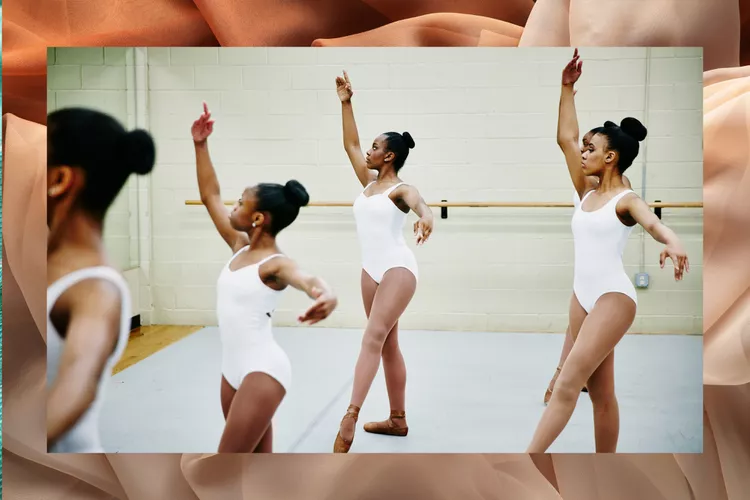
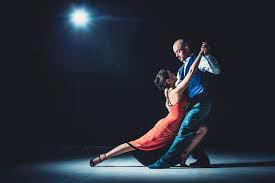


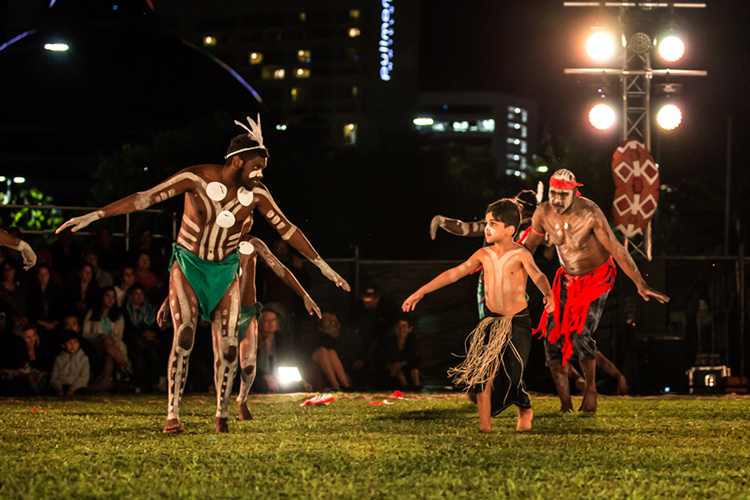
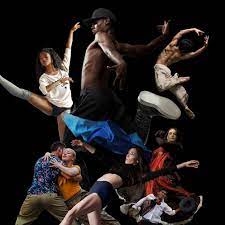
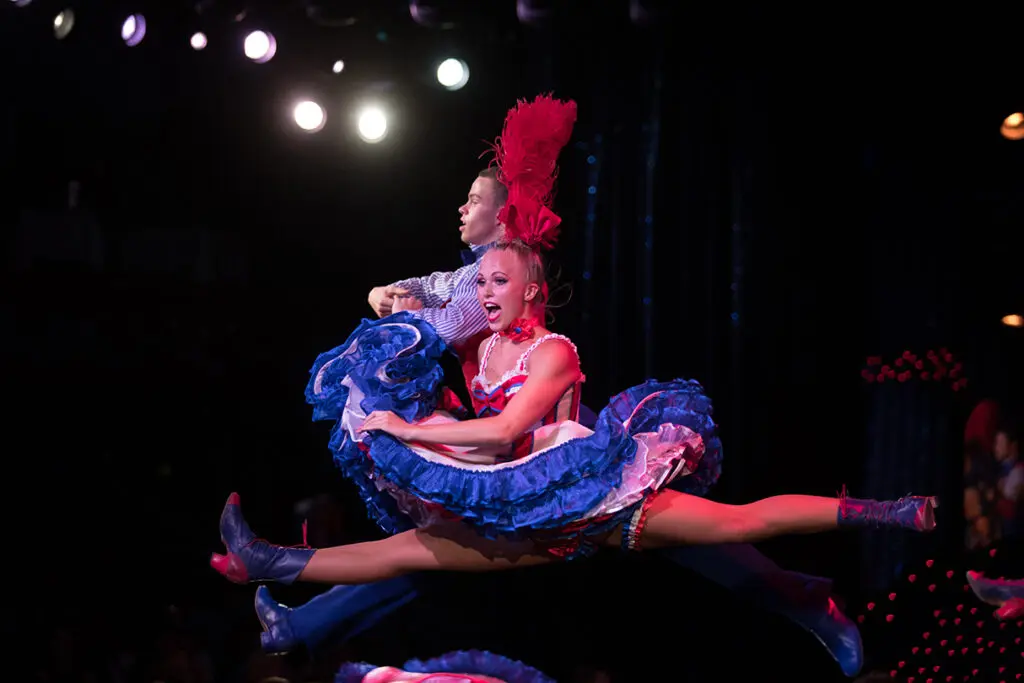
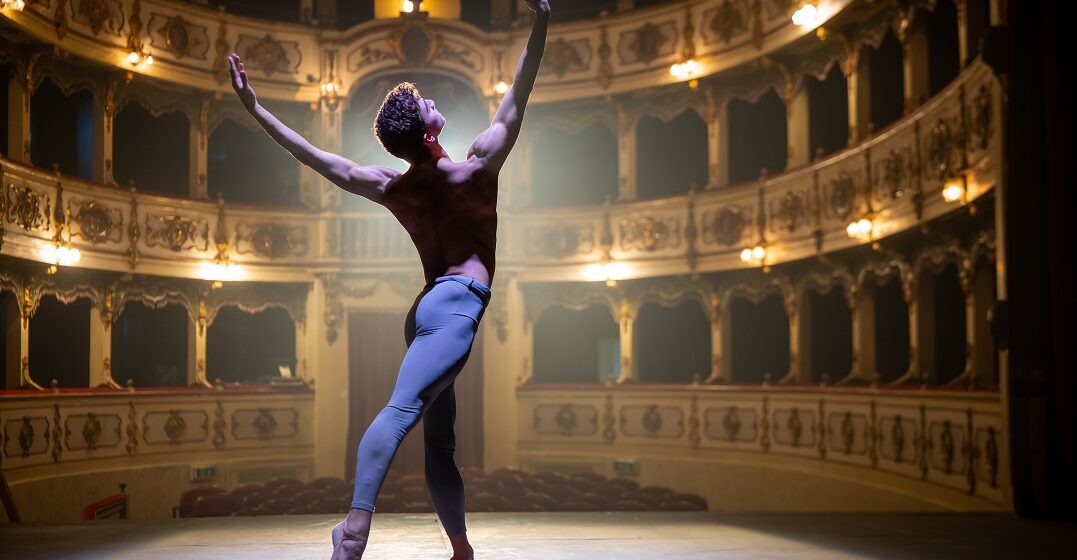
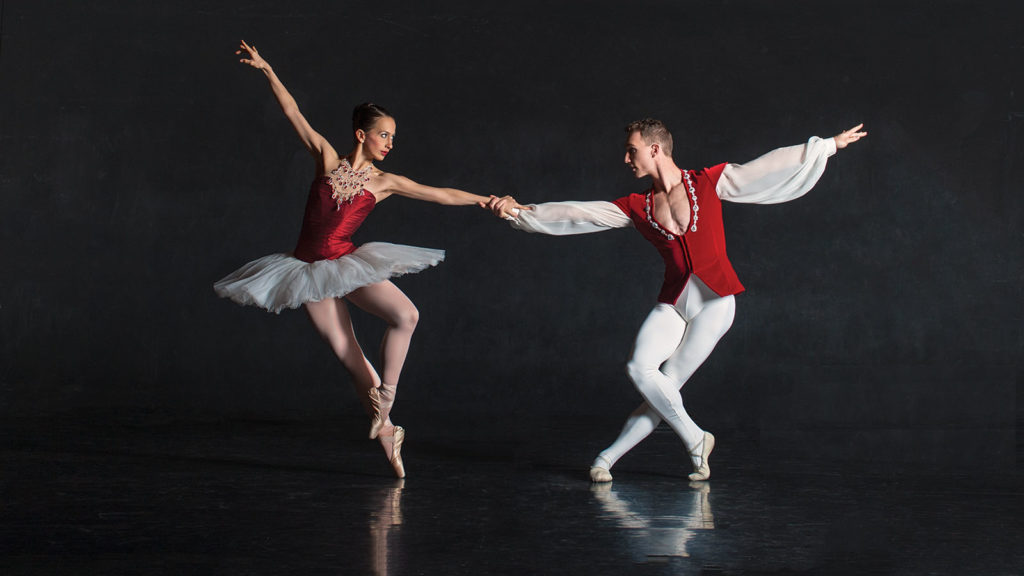
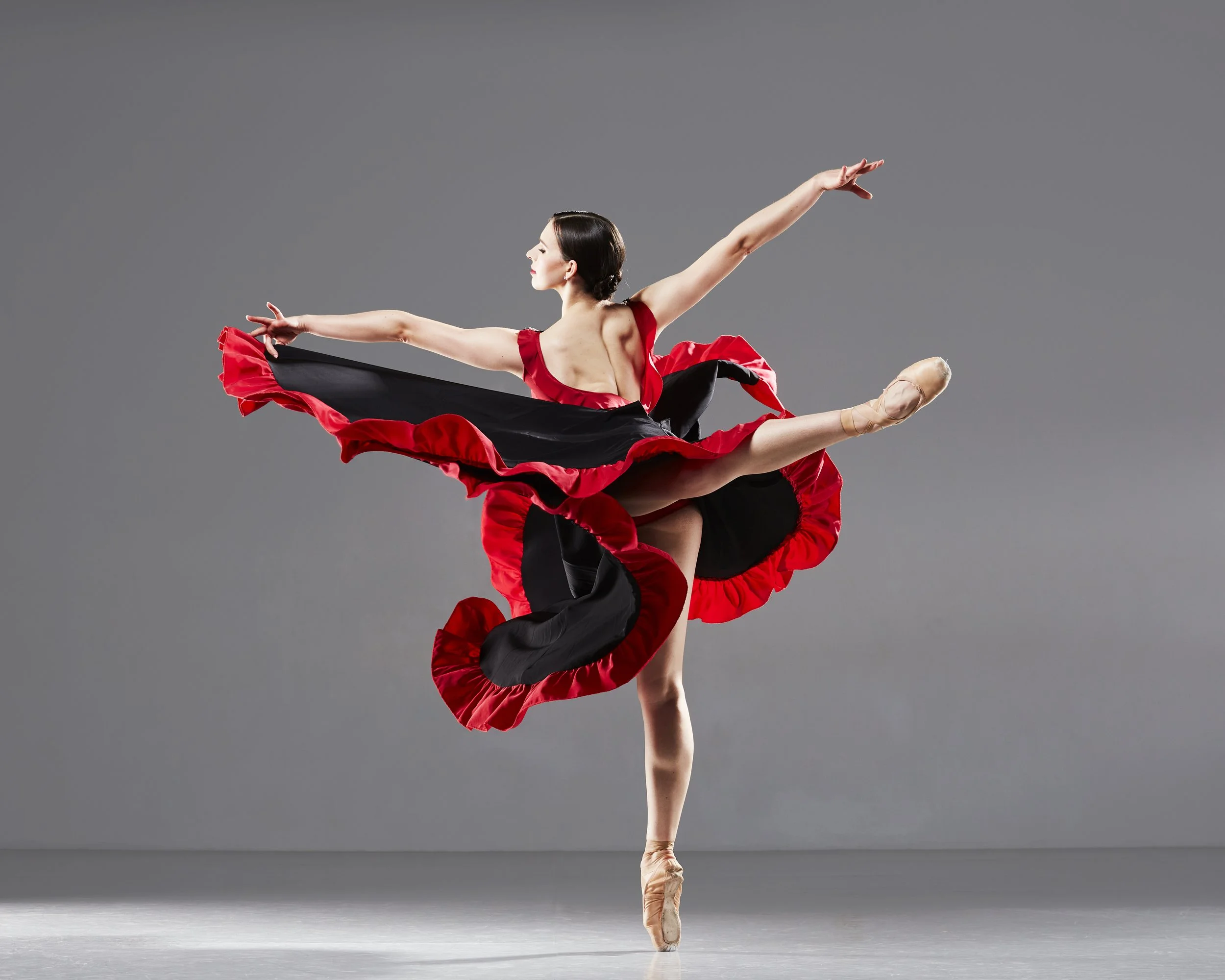
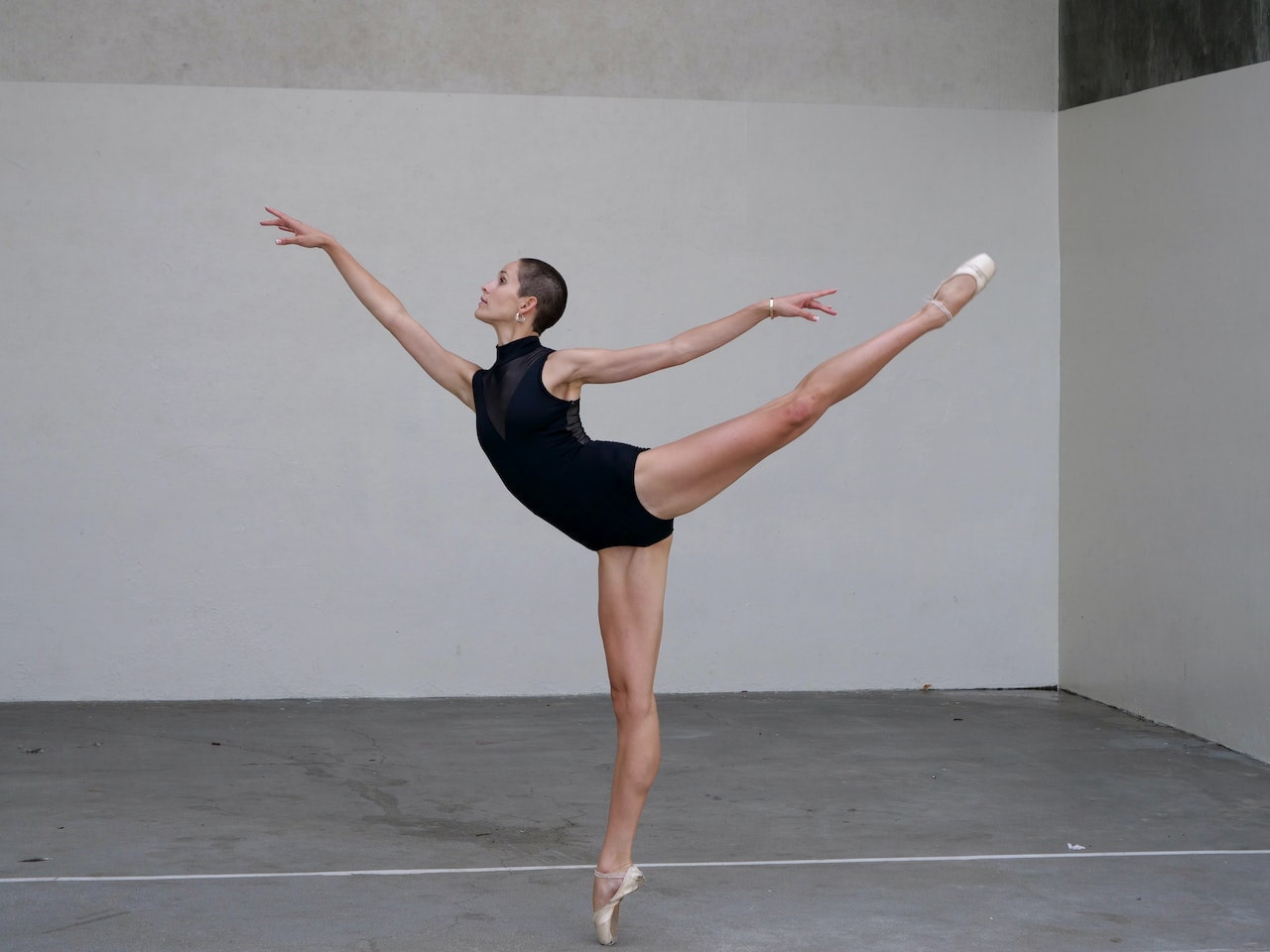




Leave a Reply